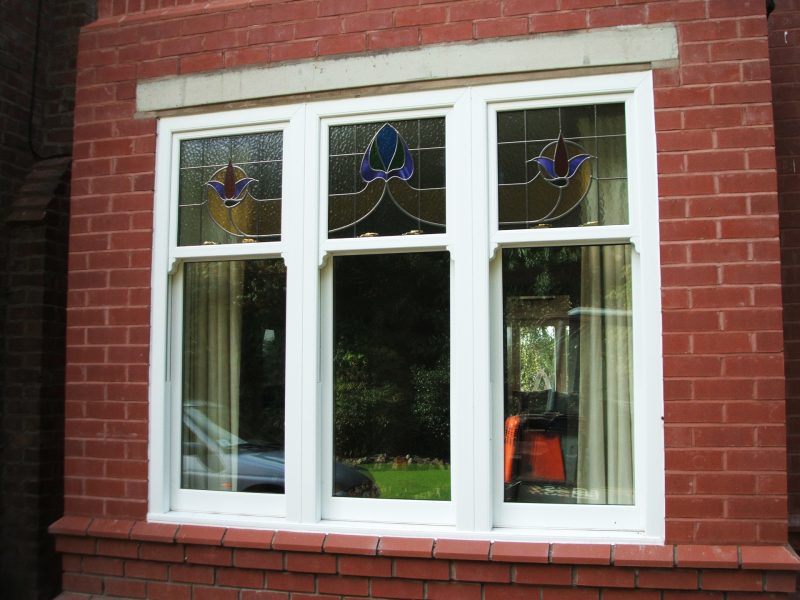All Categories
Featured
Table of Contents
Single, Double Or Secondary Glazing, Which Is The Best ... in Success Western Australia
Glazing simply means the windows in your house, including both openable and set windows, as well as doors with glass and skylights. Glazing really simply means the glass part, but it is usually used to describe all aspects of an assembly including glass, films, frames and furnishings. Paying attention to all of these elements will assist you to attain effective passive design.

Energy-efficient glazing makes your house more comfy and significantly lowers your energy expenses. Improper or badly designed glazing can be a major source of undesirable heat gain in summer season and substantial heat loss and condensation in winter. Up to 87% of a home's heating energy can be gotten and approximately 40% lost through windows.
Double Glazed Windows: A Complete Guide in Shelley Western Australia
Glazing is a considerable investment in the quality of your house. The expense of glazing and the cost of heating and cooling your house are closely associated. An initial financial investment in energy-efficient windows, skylights and doors can significantly minimize your yearly cooling and heating costs. Energy-efficient glazing also reduces the peak heating and cooling load, which can minimize the required size of an air-conditioning system by 30%, resulting in further expense savings.

This tool compares window choices to a base level aluminium window with 3mm clear glass. Understanding a few of the essential properties of glass will assist you to pick the finest glazing for your house. Key homes of glass Source: Adapted from the Australian Window Association The quantity of light that goes through the glazing is understood as visible light transmittance (VLT) or noticeable transmittance (VT).
Keeping Your House Cool In The Summer in Mullaloo Western Australia
The U value for windows (revealed as Uw), describes the conduction of the whole window (glass and frame together). The lower the U value, the higher a window's resistance to heat circulation and the much better its insulating value.
For instance, if your house has 70m2 of glazing with aluminium frames and clear glass with a U worth of 6. 2W/m2 C, on a winter season's night when it is 15C cooler outside compared to indoors, the heat loss through the windows would be: 6. 2 15 70 = 6510W That is comparable to the overall heat output of a big room gas heating unit or a 6.
5 Benefits Of Double Glazing Windows in North Perth WA
If you pick a window with half the U worth (3. 1W/m2 C) (for example, double glazing with an argon-filled gap and less-conductive frames), you can cut in half the heat loss: 3. 1 15 70 = 3255W The solar heat gain coefficient (SHGC) for windows (revealed as SHGCw) measures how readily heat from direct sunshine streams through an entire window (glass and frame together).
The lower a window's SHGC, the less solar heat it transmits to your house interior. Glazing makers declare an SHGC for each window type and design. The actual SHGC for windows is impacted by the angle that solar radiation strikes the glass. This is known as the angle of incidence.
Benefits Of Double Glazing Low-e in Lynwood Western Australia
When the sun is perpendicular (at 90) to the glass, it has an angle of incidence of 0 and the window will experience the optimum possible solar heat gain. The SHGC declared by glazing producers is constantly computed as having a 0 angle of occurrence. As the angle increases, more solar radiation is shown, and less is sent.
Latest Posts
Window Glazing For Households - Energy in Millendon Western Australia
Best Double Glazing Brighton Archives in East Victoria Park Perth
Double Glazed Windows Sydney in Duncraig WA